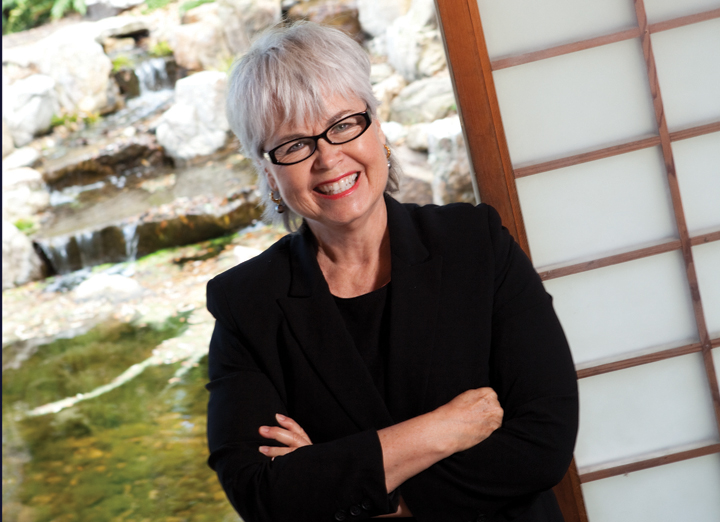Last Friday on a beautiful, clear, yet chilly day I joined a field trip to Masonboro Island’s southern end with about 80 fifth graders from Castle Hayne Elementary, their teachers and volunteers from Masonboro.org.
The trip was the last one of last of the season for the non-profit group’s Masonboro Island Explorer (ILX) program, an educational, science-based field trip to the uninhabited barrier island east of Wilmington that’s only accessible by boat. In this
2015-16 school year, over 800 students will make the trip. The following year’s goal is 1,200 kids.
The ILX program, begun in 2013, was developed in partnership with North Carolina Coastal Reserve.
The nonprofit masonboro.org, founded and led by Richard Johnson, has an admirable goal of taking every fifth grader in New Hanover County to explore and learn on Masonboro Island.

With 600 members, these volunteers are best known for their red-shirted presence protecting the north end of Masonboro Island every Fourth of July. Every year since 2009, volunteers haul away and recycle literally tons of discarded party litter after each Independence Day celebration at Masonboro.
Just after 9 a.m. the kids, teachers, volunteers and escorts began arriving at the docks in Carolina Beach. The program outgrew the transportation from the Marine Max docks at Wrightsville Beach, used in the beginning, and moved south to accommodate a significantly larger number of students per trip.
The curriculum-based instruction by Carolina Oceans Studies is well-run. After being briefed on the rules and boarding one of the Winner head boats, the kids settled, and instruction began immediately. Sitting on the open top deck students learned more about marine life, the ocean, and the estuarine ecosystem they would find on the island. There was even live crab education and demo in advance of the crabbing each child would get to engage in as part of the three stations of instruction on the island itself.
I was impressed with the knowledge these students came with. The questions they answered and asked showed they have a higher degree of teaching than I did in the fifth grade.
I had to smile, though, when one child asked if they would see shells. They were guaranteed to see shells.
A fair number of these students had not previously been on a boat this size and a few had not even been to the county’s beaches, must less a pristine barrier island.
After disembarking, they split into three groups. Birds soared overhead in large numbers as each class began an exercise at either the beach front, on the island’s lee side, or in an estuarine creek for the crabbing. Each group rotated through all three. A beach sand chair was employed for full participation so that no student was left behind due to ambulatory challenges.
It was a glorious day and the time went fast.
This hands-on, wet-feet experience is ideal for curious kids. Shells were collected and identified. Live periwinkles and other small crustaceans and mollusks were discovered and returned to their environment after close examination, although from the looks on a few faces it is possible some parents discovered smelly pants pockets in laundry rooms in the days that followed.
Johnson says the crabbing is his favorite of the stations and I agree with him. I had the privilege of crabbing with my siblings multiple times as a child and those memories remain some of my favorites of growing up.
The crabbing began with a how-to lesson, followed up by the real thing. Each child got a chance to toss out and roll in a string baited with a large chunk of fish on a hook that could have a live crab on the end. Many did. The excitement of bringing in, netting or losing one was audible for both kids and adults.
No one really wanted to leave the island when the time came, but when we offloaded back at the dock, with chilly feet and rumbling stomachs, most were ready to head for their dry shoes and waiting transportation back to school.
It is easy to imagine the excited stories each child will tell for years to come.
This experience — funded by masonboro.org’s annual Bradley Creek fundraiser, grants, and supported by New Hanover County — is such a worthwhile endeavor. The memories will be cherished, and the experience may even fuel future careers in marine science. But one thing is certain: each child now has an appreciation for and a clear understanding of just why it is so important to protect and preserve the coast’s natural resources to ensure use for future generations to come.
They saw it for themselves.




